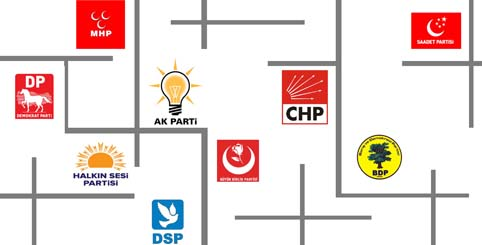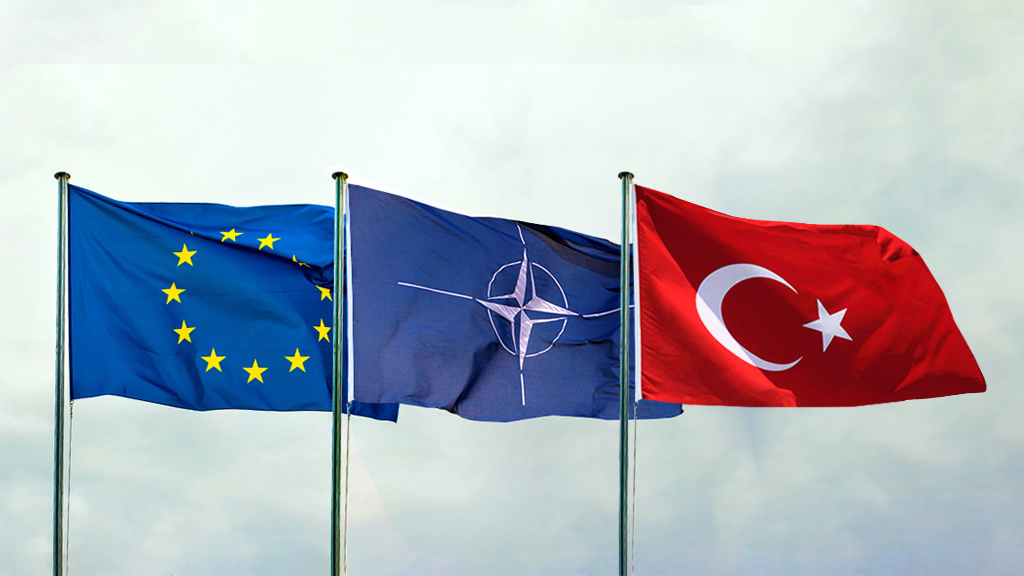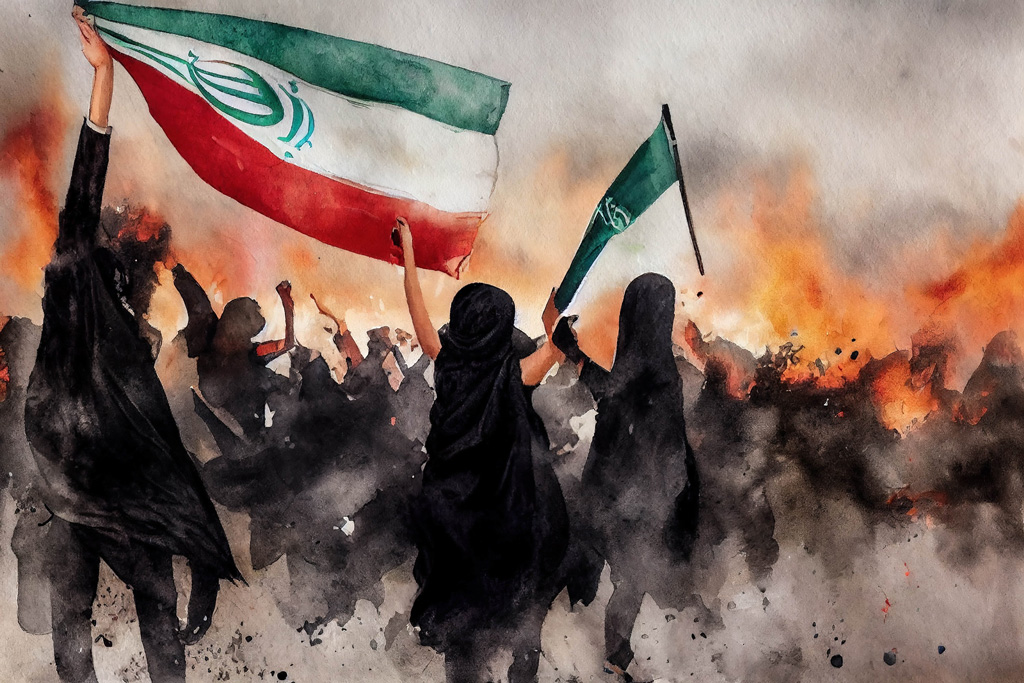Political demonstrations in Tunisia and Egypt have sparked a century old discussion: Is Turkey a model for the Middle East? Two contemporary examples of the "Turkey-as-a-model" debate show how this issue can play out: Turkey was presented as a moderate Islamic, democratic model for the Middle East as part of George W. Bush's "freedom agenda," and more recently as part of Barack Obama's democracy promotion efforts in the Middle East. It is ironic that in 2010 the debate revolved around concepts such as a "shift of axis," "torn country," and "drifting away," but now Turkey has transformed from a "lost" ally to a "model" country. Interestingly enough, Islamist actors such as Rachid Ghannouchi of Tunisia and the Muslim Brotherhood of Egypt declared their intention to emulate the Turkish experience in order to differentiate themselves from the examples of Iran and Taliban. How is it that Turkey is presented as a model country by political actors as varied as high-level U.S. officials and Islamist groups? To make sense of this irony, one needs to consider the questions: whose model and which Turkey?
In fact, there are three main political groups with competing narratives on what the Turkish model means.The first group, predominantly authoritarian secular elites of the Middle East, portrays Turkey as an exemplar of both controlled modernization under military tutelage and integration of Islamist actors into the political system. This group's "Turkey model" is tainted with Eurocentric and Orientalist prejudices about the relationship between Islam and modernity. For them, since Middle Eastern peoples are not mature enough to embrace democracy immediately, there needs to be a transitional period under the tutelage of the military. In this paradigm, Islamists can be tamed in order to guarantee the pro-Western orientation of a given country. The Obama administration has referred to this an "orderly transition."The second group, mainly Islamist movements in the region, sees Turkey as a model for a completely different set of reasons. This group considers Turkey's transformation over the last decade under the Justice and Development Party (AKP) government as an example of coming to power through the democratic electoral process and the successful reconciliation of Islam with democracy, rule of law, and economic development. Furthermore, Turkey's image as a prominent and independent actor that can criticize Israel appeals to this group.The third group, people in the streets of the Middle East, looks to Turkey as an inspiration because of its democratic transformation, vibrant economic development, and liberal political life. This group, which has observed the more liberal aspects of Turkish life through the country's cultural influence, especially its famous TV serials, is particularly attracted to Turkey. The third group longs to erase injustices and poverty in their countries, but these hopes for the future have not and will not be inspired by a Turkey under military tutelage.Turkey's political posture in the Middle East is what makes it an archetype for the rest of the region. To be precise, Turkish Prime Minister Erdogan's effective leadership resonates with aspirations and expectations for a dignified foreign policy in the region. This was epitomized by Erdogan's sustained and consistent critique of Israeli policies during the Gaza crisis in 2008 and in Davos in 2009. In the eyes of ordinary people in the Muslim world Erdogan has emerged as the most influential leader because Turkey maintains a critical and independent distance to Western policies in the region despite its integration with the West. Turkey, as a country that determines its own national interests and stands up to Western influence, has adopted a posture that people in the region would like see in their own governments embrace.However, if the Turkey model were to be imposed upon Egypt or Tunisia, this might backfire as each of the political groupings described above would reject to one aspect of this framework while embracing another.Turkey, becau








